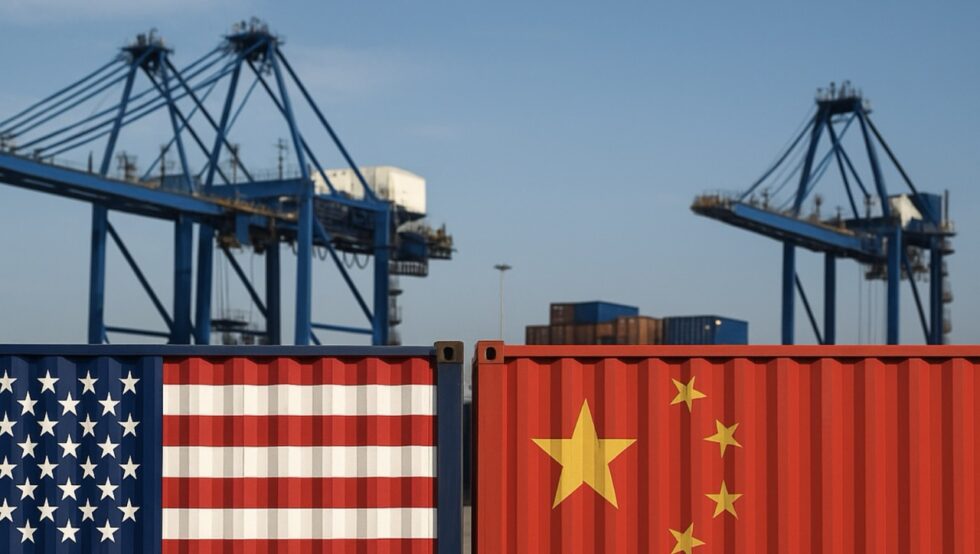U.S. Imposes New Tariffs on About 40 Countries: Who Made the List

U.S. President Donald Trump has introduced new mutually agreed tariff rates that will apply to imports from a number of countries. This was reported by G.Business, citing CNN.
Trump: Some Nations Cooperate, Others Resist
According to Trump, some countries have already agreed or are in the final stages of negotiations on trade and security commitments with the United States. However, others either did not take part in negotiations or proposed conditions that fail to meet the necessary requirements for correcting trade imbalances.
Adjusted Tariff Rates Announced
The newly introduced rates for select countries are as follows:
- Angola: from 32% to 15%
- Bangladesh: from 37% to 20%
- Bosnia and Herzegovina: from 35% to 30%
- Botswana: from 37% to 15%
- Brunei: from 24% to 25%
- Cambodia: from 49% to 19%
- Cameroon: from 11% to 15%
- Chad: from 13% to 15%
- Ivory Coast: from 21% to 15%
- DR Congo: from 11% to 15%
- Equatorial Guinea: from 13% to 15%
- European Union: from 20% to 15% (most goods)
- Falkland Islands: from 41% to 10%
- Fiji: from 32% to 15%
- Guyana: from 38% to 15%
- India: from 26% to 25%
- Indonesia: from 32% to 19%
- Iraq: from 39% to 35%
- Israel: from 17% to 15%
- Japan: from 24% to 15%
- Jordan: from 20% to 15%
- Kazakhstan: from 27% to 25%
- Laos: from 48% to 40%
- Lesotho: from 50% to 15%
- Libya: from 31% to 30%
- Liechtenstein: from 37% to 15%
- Madagascar: from 47% to 15%
- Malawi: from 17% to 15%
- Malaysia: from 24% to 19%
- Mauritius: from 40% to 15%
- Moldova: from 31% to 25%
- Mozambique: from 16% to 15%
- Myanmar: from 44% to 40%
- Namibia: from 21% to 15%
- Nauru: from 30% to 15%
- Nigeria: from 14% to 15%
- North Macedonia: from 33% to 15%
- Pakistan: from 29% to 19%
- Philippines: from 17% to 19%
- Serbia: from 37% to 35%
- South Korea: from 30% to 15%
- Sri Lanka: from 44% to 20%
- Switzerland: from 31% to 39%
- Taiwan: from 32% to 20%
- Thailand: from 36% to 19%
- Tunisia: from 28% to 25%
- Vanuatu: from 22% to 15%
- Vietnam: from 46% to 20%
- Zambia: from 17% to 15%
- Zimbabwe: from 18% to 15%
Two Key Tariff Bands for All Other Countries
A 10% tariff will apply to countries running a trade surplus with the U.S. (i.e., the U.S. exports more to them than it imports), while a 15% tariff will be enforced on countries with a trade deficit toward the U.S.
For some nations, the updated rates will represent a reduction from those set in April, while others will face increases. Over ten countries are expected to face tariffs exceeding 15%, due to existing trade agreements deemed unfavorable by the United States.
April’s Tariff Wave and Europe Deal
Earlier in April, Trump introduced sweeping tariffs on foreign imports. The move shook global markets, although many of those duties were later suspended for selected partners.
Just days ago, the U.S. and European Union reached a new trade agreement. Trump announced a 15% flat tariff on imports from the 27 EU member states.
Whether this agreement could benefit Ukraine remains to be seen — more details in our full report. Trump also confirmed plans to introduce new duties against India, one of Russia’s major trading allies.
Stay connected for news that works — timely, factual, and free from opinion. Learn more about this topic and related developments here: “The Peace Table Will Be Set in Turkey” – Erdoğan Signals Prospect of Ending Russia–Ukraine War